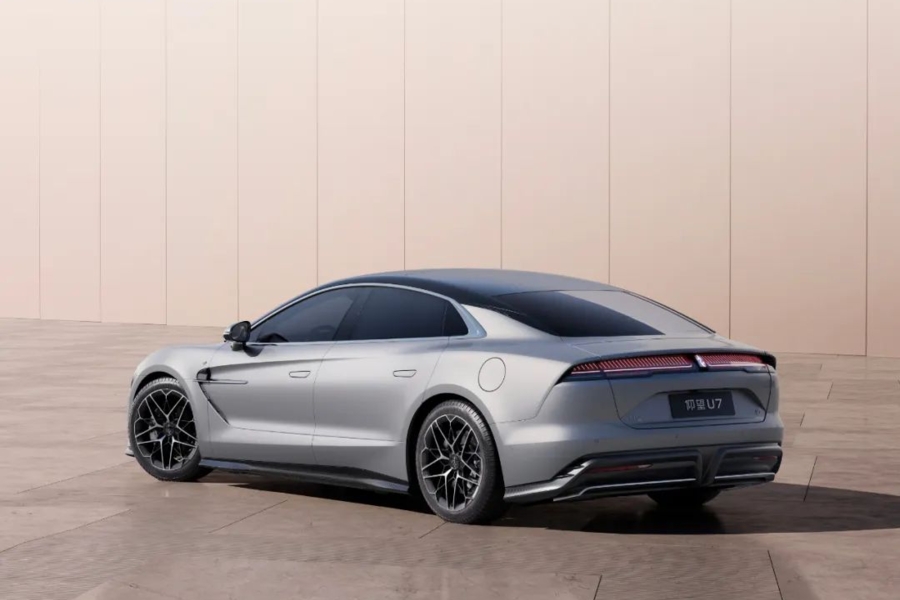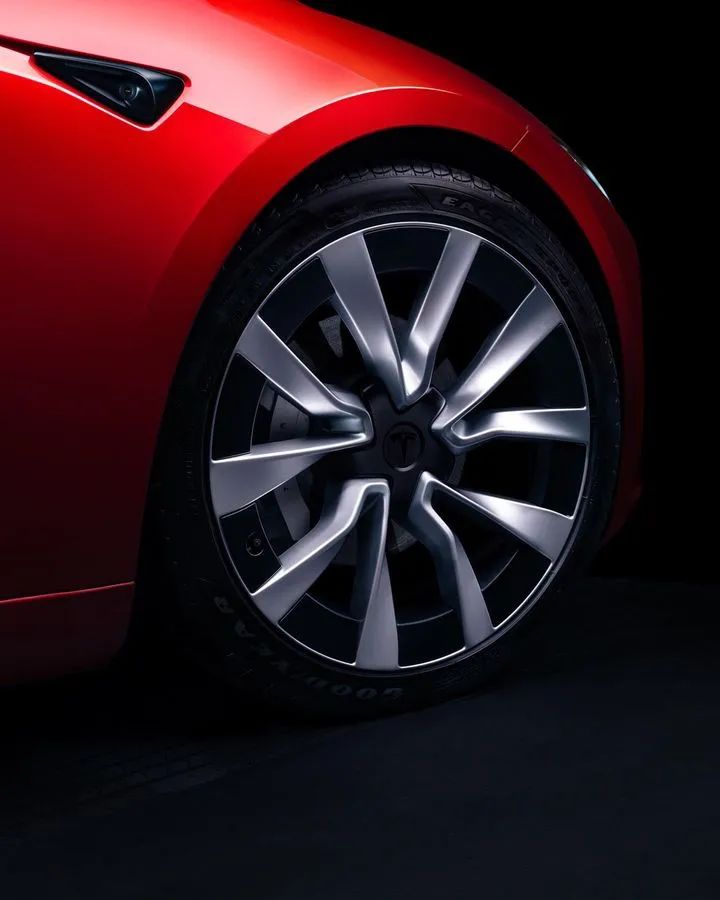The water is 6 meters deep. No need to walk on a bridge to cross the river? YangWangU8 floating mode car interior perspective exposed
BYD YangWang's U8 has been a hot topic since its launch, not only because of its starting price of more than one million, but also because of its built-in "U-turn" and "floating boat mode" that make this new car full of gimmicks.

Some time ago, YangWang U8 exposed a floating test video, and recently its in-car perspective was also exposed again. The video was shot in the back seat of the driver's seat. In the video, you can see that the water surface is near the waistline of the vehicle when the car is floating on the water. Since the front of the vehicle is heavier, the vehicle's posture in the water is low in front and high in back, with the front row closer to the horizontal plane. Another detail is that you can see vortices constantly appearing on the water next to the vehicle. This is because the U8 relies on the rotation of its tires to generate propulsion underwater.


Some netizens asked: The car is driving in several meters of water and the windows are still open so wide. How courageous is it? In fact, we need to make it a little more general here. If the vehicle has to wade through water, the windows should be opened. In this way, if the vehicle stalls or water enters the vehicle, the windows can be opened in advance to allow the occupants to escape quickly, and the pressure inside and outside the vehicle can be balanced in advance to facilitate opening the door.


As rains and floods occurred in many areas in China some time ago, the topic of new energy's ability to wade through water has been raised again.
During that time, there were many jokes on the Internet about using trams as boats, but objectively speaking, new energy sources that do not require engine air intake do have advantages over fuel vehicles in wading water. But in reality, new energy vehicles only achieve high waterproof and insulation capabilities in terms of power batteries, motors, wiring harnesses, etc., while most other body waterproofing is at the same level as ordinary fuel vehicles.

Previously, China's new energy vehicle evaluation regulations conducted a 300mm water wading test comparison for several new energy vehicles. The results showed that 3 of the 4 vehicles had water leakage to varying degrees, 2 had severe water accumulation, and 1 had a malfunction. It can be seen that in addition to the "flare-out" of new energy wading, other problems will still occur.

Going back to the beginning, like the YangWang U8 "emergency floating mode", corresponding design enhancements must be made on the body. First of all, its body is better sealed and waterproof than traditional models. In addition, because the U8 is an extended-range model and still has a fuel engine at the front, the vehicle should have a set of sensors that can automatically detect water wading and automatically close the engine air inlet to prevent water intrusion. . At the same time, the vehicle's power control software also has corresponding control logic for four wheels entering the water, which facilitates more reasonable control of tire steering and torque output in the water.
With a price tag of over one million, YangWang U8 has enough cost to put these features into the vehicle. But judging from the video, even if it has the ability to float, it can only rely on weak power to float on calm water. It has almost no wave resistance. Any act of deliberately driving the car into open water is wrong. Therefore, BYD officials have also made it clear that this is only an emergency floating mode and must not be used as a boat.
Due to the characteristics of electric vehicles, more car companies will definitely equip mid- to high-end models with similar floating modes in the future. However, it is also foreseeable that many short video platforms will also emerge in the near future. Attention-grabbing behavior.
The above is the full content of The water is 6 meters deep. No need to walk on a bridge to cross the river? YangWangU8 floating mode car interior perspective exposed








